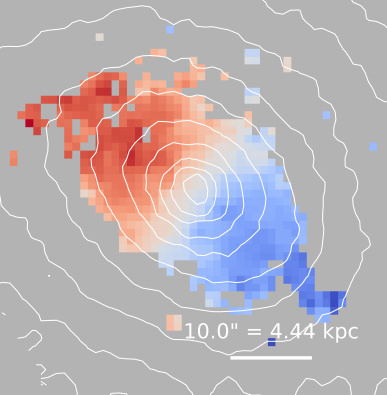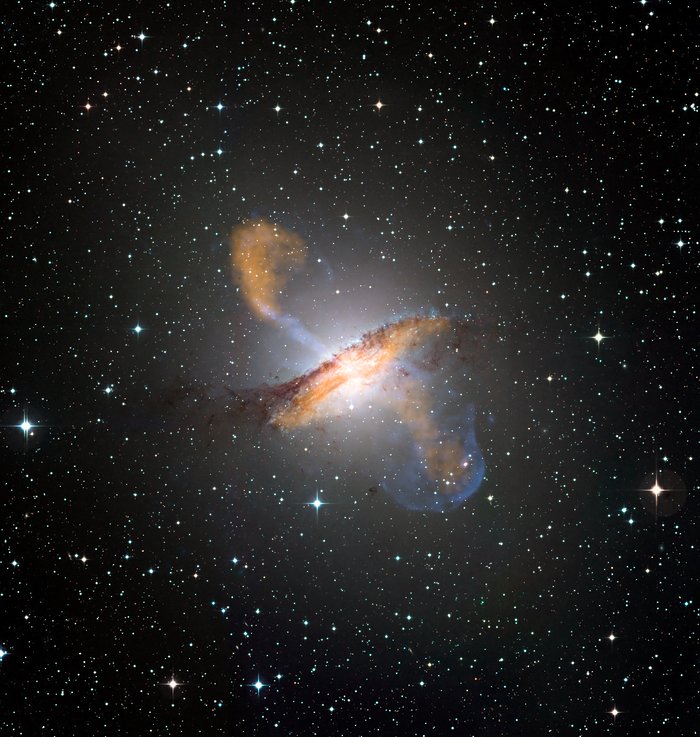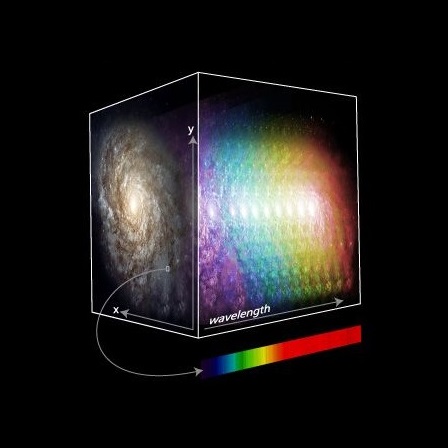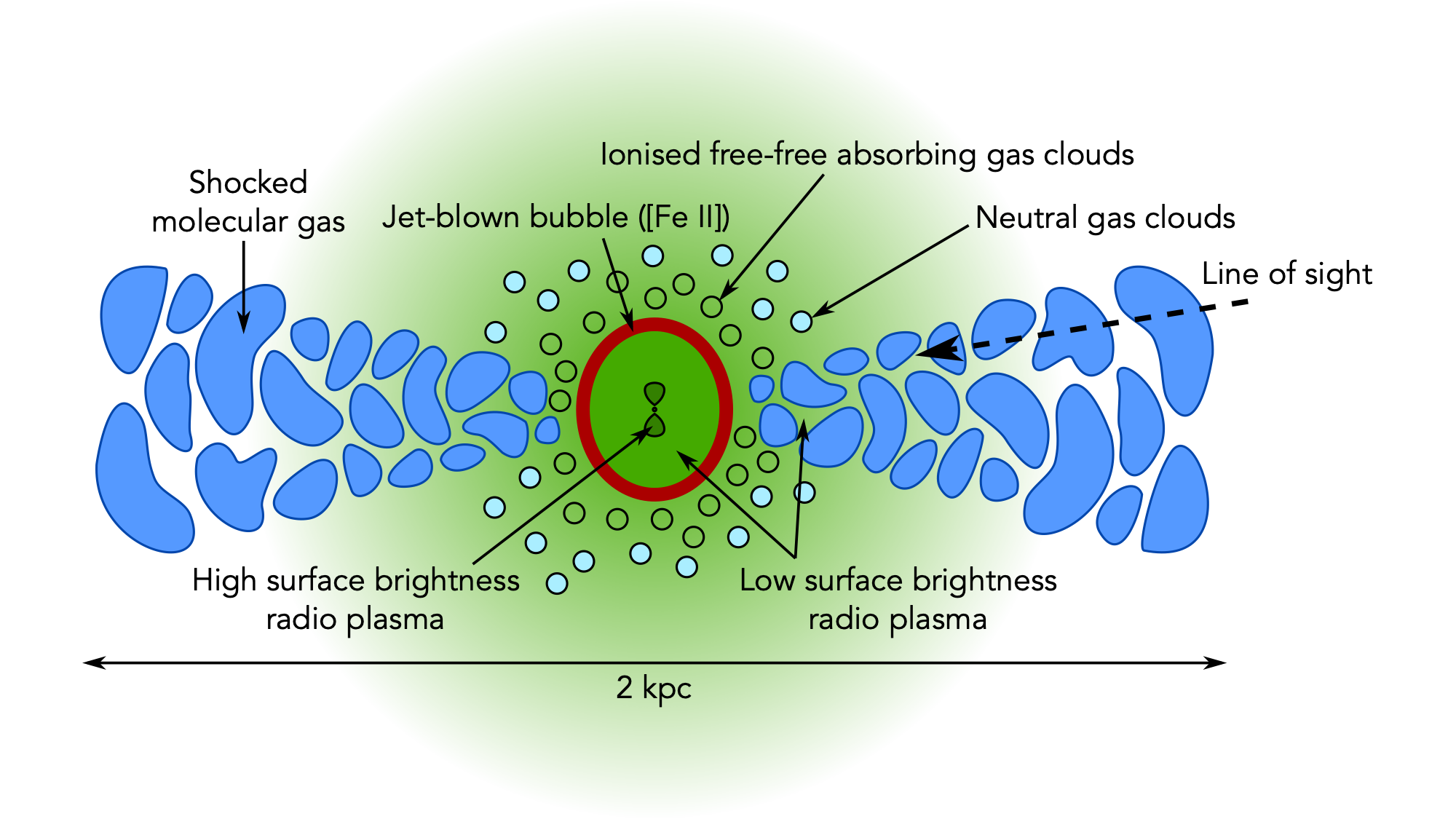About Me

I am an astrophysicist at the Australian National University working in galaxy evolution. Currently I am using observations of galaxies from both the SAMI and S7 galaxy surveys to investigate new ways of identifying and distinguishing the mechanisms that generate optical emission in distant galaxies.
From 2019-2020 I worked as an instrument scientist, also at the Australian National University, where I worked on simulation and pipeline software for the Giant Magellan Telescope Integral-Field Spectrograph (GMTIFS).
I obtained my PhD in astronomy & astrophysics in 2019 from the Research School of Astronomy & Astrophysics at the Australian National University under the supervision of Prof. Rob Sharp.
I hold bachelor's degrees in science and mechatronic engineering, wth a specialisation in space engineering, from the University of Sydney.
When I'm not doing astronomy, I like to rock climb, play video games, watch Formula One and sing.
Research Interests

Galaxy evolution
Stellar populations; star formation; ISM conditions; gas kinematics; optical & near-IR emission line diagnostics

AGN feedback
Feedback in the hosts of radio galaxies; jet-induced star formation; hydrodynamical simulations

Integral field spectroscopy
Observing, data reduction & analysis; instrument simulation and pipeline development; experience with facilities including Keck/OSIRIS, Gemini/NIFS, & WiFeS on the ANU 2.3 m telescope.
Research Highlights
Jets blowing bubbles in the young radio galaxy 4C 31.04
 An illustration of 4C 31.04.
An illustration of 4C 31.04.
Using AO-assisted near-infrared integral field spectroscopy from NIFS on the 8-metre Gemini North telescope in Hawai‘i, I led a study of the nearby galaxy 4C 31.04, which harbours a very young radio source. Our observations revealed shocked gas resulting from jet-ISM interactions on kpc scales, indicating the presence of extended, low-surface brightness jet plasma not detected in previous radio observations. This study showed that jets can have a profound influence on the evolution of their host galaxies, even in the earliest stages of evolution.
Associated media coverage: